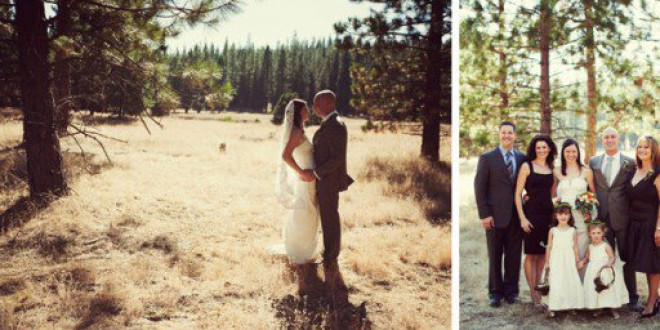[ad_1]
One of the chief considerations for a bride in the selection of her dress is the audience she anticipates, real or imagined. The general sentiment of most brides-to-be is that they are very aware of other people’s expectations about how they should look. They are very conscious of wanting to look nice for other people and choosing styles to please other people. In most cases, these brides attempt to present womanly images of themselves that are locally appropriate.
In the beginning of 1970s, a number of brides fantasized about getting married in blue jeans. They resisted the impulse, however, because of an important second audience: family members. Again, it was a question of other people’s happiness. Many would want acceptance from their grandparents and the older generations.
Religion is another factor in the choices that a number of brides make about their wedding and wedding dresses. Some Christians believe that if a couple got married on a Friday, the church could be cleaned and ready for the Sabbath. If the bride’s beliefs were congruent with church doctrine and practice, all would be well. However, if she questioned or was in conflict with them, things would be more difficult.
The pressure to conform to local standards was most obvious in bridal deliberations over colour. White signifies purity and virginity. A way of signaling that the bride was not a virgin is the absence of a church wedding or the decision not to wear a veil. Nevertheless, as a result of significant changes in colour coding over the past few decades, more recent brides did have more choices. They could, for example, be more interested in aesthetics (i.e. looking better in off-white) than in the opinions of the neighbours.
In choosing the style and colour of dresses, however, revelation is only part of what brides have to consider. Concealment was also important. Some brides deliberately retained traditional colour codes to send a false signal about themselves. They used their knowledge of family, church and community expectations to give their sexuality some privacy.
Size is another point a bride would consider. Women who thought of themselves as overweight usually avoid full skirts, binding waist and ornamentation. Instead, they tend to choose empire waist and A-line skirts made up in soft fabrics. Body weight remains a concern for many of these women. Being slim is seen as inherent to femininity. Thus, using the dress as a marker, these women continue a dialogue with the bodies that they inhabited before they were altered by age and/or childbirth.
The element of disguise is at work on other parts and features of the body as well. Several brides perceived themselves as unusually short. Long dresses were particularly important to them as, unbroken from collar to floor, they conveyed an impression of height.
Post-modern theorists have argued that, far from disappearing with use, consumer goods have symbolic properties that create desired identities. In other words, when you purchase a product, you simultaneously create a particular sense of self. This process is limited by the degree to which family, church and community connections is embedded in a highly conservative (entrepreneurial-evangelical) social context.
[ad_2]
Source by Afiqah Binte Haidar

